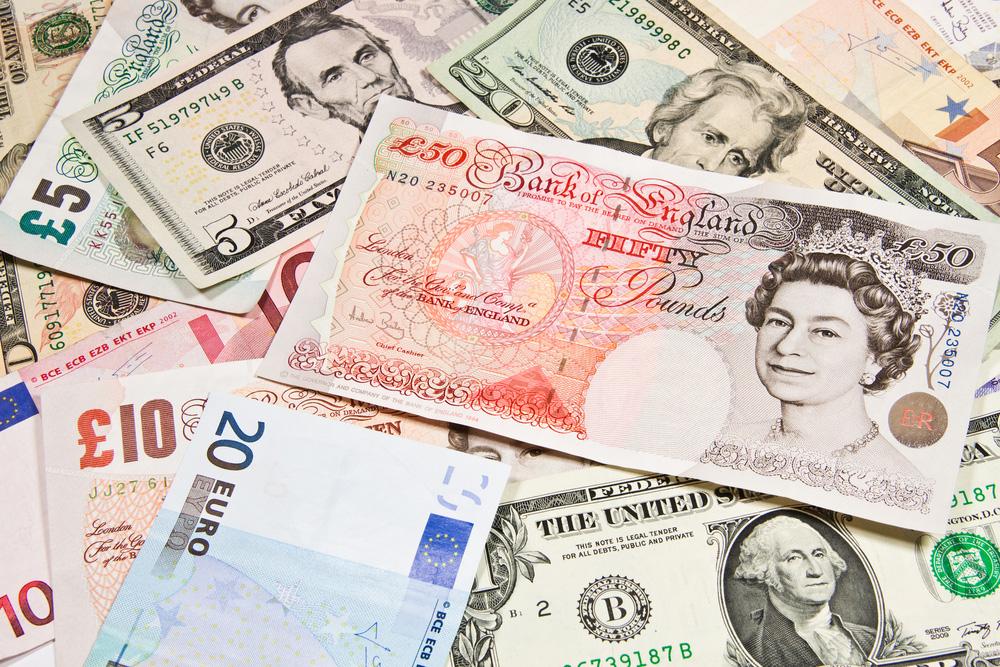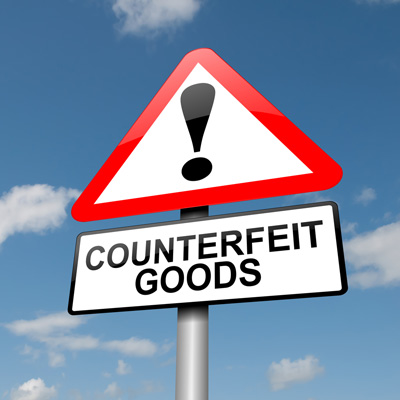Fiat Fail : 500,000 Counterfeit Euros Discovered

 One of the great things about cryptocurrency is that it cannot be counterfeited. All currency in the system is known to all holders at all times. While the theoretical 51% attack might allow a bad actor to deny transactions ever took place by not confirming them and possibly spend the same coins twice, this is not the same thing as someone with the right equipment being able to arbitrarily manufacture as much of the currency as they would like.
One of the great things about cryptocurrency is that it cannot be counterfeited. All currency in the system is known to all holders at all times. While the theoretical 51% attack might allow a bad actor to deny transactions ever took place by not confirming them and possibly spend the same coins twice, this is not the same thing as someone with the right equipment being able to arbitrarily manufacture as much of the currency as they would like.
Also read: Gold vs. Bitcoin? The Greatest Rivalry of the 21st Century
A good reminder of this fact came when the Times reported on the 24th that a Shanghai-based gang had successfully counterfeited and shipped 500,000 fake €1 coins to Italy in September, getting caught by chance. The counterfeit coins were of very high quality, replicating the bi-metallic coin in such a way as to imply that they were made with very similar equipment to the authentic ones. These counterfeits are so good that there is fear they are actively being used in vending machines.
The concern for Britain is that the £2 coin, which is very similar in look and construction, could be next. The £1 coin was so heavily counterfeited that it is going to be replaced in 2017.
“You’ve always been able to tell a fake by dropping it on a table – they rattle because the two bits have not been stuck together properly,” said a British investigator to the Times. But now, it appears, the Chinese counterfeiting gang responsible for the September load has become sophisticated enough to join the two metals together seamlessly and perhaps undetectably. For all anyone knows, millions of pounds are now in circulation that do not belong. The counterfeit coins could eventually cost businesses and banks a great deal of money.
The £1 coin was counterfeited by a master forger named Patrick Onel to the tune of £30 million between 2006 and 2012. It was discovered that the coins were being shipped through the Netherlands. It was not until the seizure of the Euros, which have a similar design to the £2 coin that concerns arose in the British government. “The Royal Mint said it had made strenuous efforts to identify and withdraw counterfeit coins from circulation as quickly as possible,” said the Times article.
“We recently conducted a UK-wide survey of £2 coins and found just one counterfeit coin. […] The coin detector mechanism of vending machines and self-service check-outs can detect the two different metal components, in addition to the conductivity, thickness and diameter of the coin. […] The addition of edge lettering is also very hard to counterfeit, and some circulating £2 coin designs also include a latent feature in their elements which is difficult to replicate.”
But perhaps this is just fronting, and the fears are real. Counterfeiting has historically been seen as an effective way to destabilize an economy. During World War II, the Nazis had Operation Bernhard , which was a plan to flood the world with false pound notes as well as US dollars using slave labor. It is said they produced the most perfect counterfeits in history, but perhaps now they have a rival in the Shanghai gang.
At time of writing, a £2 coin was worth $3.11 USD.
Images from Shutterstock.